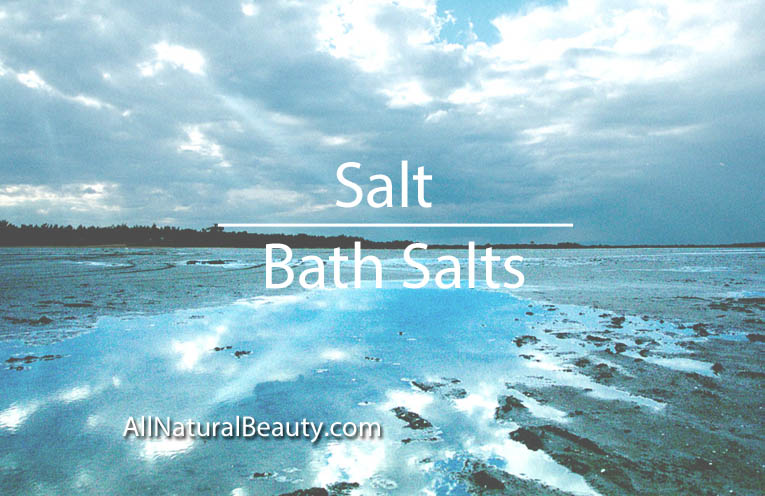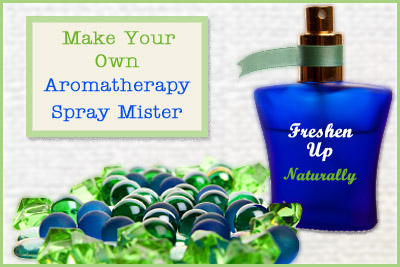
Fixative is an old term for any natural substance that will hold and ‘fix’ and that helps a fragrance last longer on the skin. Alcohol-based scents are the most fleeting, so you want to add something to help “anchor” the scent. Lowering the evaporation rate of the alcohol usually does this.
Benzoin and Frankincense, other resins and Tolu Balsam and Peru balsam are some of the more common additions to a blend that will help to ‘fix’ it. Orrisroot is also an excellent fixative, but it is a sensitizer (as is Benzoin), so perhaps reserving these for your potpourri mixtures might be a good idea. Fixatives are generally the base notes and kept at about 3-5%. The fixative can be a powerful part of the scent. Some think that any fragrance fixatives might impart to a scent should be kept to a minimum. However, some of these odors with powerful fixative qualities can be integrated into the scent as a base and form a powerful base; the formula of which can be used over and over again in other perfumes to make a fragrant accord.
The resins can be mixed with alcohol and added or they can be part of the original blend. If the resins are mixed in the alcohol, they should be allowed to steep for about a month then filtered out. Certain base notes also have fixative properties due to their slow evaporation rate: Labdanum, Myrrh, Sandalwood, Spikenard, Patchouli, etc. Since these also tend to be strong scents, they are kept to a minimum in a perfume formula, usually around 10-20% of the total scent.
In 1923, the book Perfumes & Cosmetics by W. A. Poucher was published. It contains an excellent section on Fixatives. Fixatives were considered to be of the utmost importance in the production of a quality scent. In ancient times, perfumes were made from all natural ingredients, many of these ingredients were resins and balsams that have a very long-lasting odor and are now known as the main fixatives. Frankincense and Myrrh, balsams of all sorts were considered long-lasting; Spikenard and Iris root (Orrisroot) were the best; while Rose and Marjoram odors were considered of middle lasting quality and were only the mid part of a perfume. Myrrh, Spikenard and Marjoram was a woman’s scent. Frankincense, Patchouli and Mint was a man’s scent.
In the 18th century, the vogue was Ambrette, Clove, ‘coustadon’, Calamus, Orris, woods and seeds such as Clove and Dill seed and citrus peels and animal odors like Ambergris. A scent made from these was called Poudre de Marechal. The plants were crushed and pressed through silk to make a powder. Part of this powder was used directly while the balance might be extracted and macerated in alcohol and then separated by silk or a sieve. This alcoholic extract was used to scent clothes, gloves, other leather articles and one’s body. See page 236 of Herbs & Things by Jeanne Rose for a modern version of this scent.
Fixative definition: Perfume odors once were expected to be somewhat tenacious, but sweet and elusive. Often these complex perfumes were made as infusions and not distillations, which is a process that loses some of the odor quality and style of the plant material. So fixing a scent means that you “are able to select those odors that when blended with more volatile constituents of a perfume, will prevent their rapid evaporation but at the same time retain the predominating note of the fragrance”.
Fixatives fall into 3 headings:
a) Agreeable — Benzoin, Frankincense, Balsam of Tolu, Sandalwood, Clary Sage, Vanilla
b) Disagreeable — Valerian, Civet, Africa stone, Castoreum, Asafetida and parts of the smell of the Jasmine (indole).
c) Neutral — these are chemical odors used in commercial perfumery.
These fixatives will each slightly change the basic scent of the perfume and modify them. There are three ways that one can ‘fix’ a scent.
1) Adding fixatives to the alcohol to complement the final perfume. Remember first that quality alcohol has no scent and no taste. There two types: neutral grape and neutral grain spirits. These are the only ones that we recommend to use.
You can add the base notes in small quantities to 95% neutral grape spirits to slightly scent it. Start with a liter/quart of this spirit, which already has a pleasant slightly fruity odor. Of particular interest is adding one Vanilla bean to 1 liter of spirits for a wood/fruit base. Macerate for several months, label it and use it in as a diluent in your Wood/Fruit perfumes.
Other base alcohols that can be used are 1 gram Tonka bean or Benzoin resin/quart for floral odors. For exotic oriental perfumes a good fixative alcohol would be 1 gram each of Labdanum, Orris, Peru Balsam can be used per liter/quart of spirits. This must be macerated and aged before use. Ginger and Opopanax add spice and warmth; Oakmoss and Vetivert are good for Fern and Green or Wood scents. Probably the total amount of natural ingredient should be no more than 3 grams total per quart. Remember this is to act as a ‘fixative’, it is not necessarily a part of the main scent.
2) Blending in scents that will work in harmony with the main odor you are trying to create.
3) Exalting fixatives is the final fixative that improve or fortify the main scent and are usually composed of animal notes that soften and smooth harsh notes. These animal scents of Civet and Musk are often added in mere drops or a trace. Final fixatives can also be Rose or Rosewood for their sweetness or absolutes from natural sources that are predominating in a floral note such as Mimosa (citrus odors), Jasmine or Tuberose.
- Education
- Books
- Courses
Ms. Rose is the author of over 20 books, including Herbs & Things, The Herbal Body Book, The Aromatherapy Book, and Jeanne Rose’s Herbal Guide to Food, and she has taught herbs, aromatherapy and distillation extensively throughout the U.S. She organized and was President of the first large Aromatherapy organization in the United States, NAHA, and speaks widely at many other events and conferences. She teaches distillation techniques for quality essential oils throughout various parts of the world. The word, ‘hydrosol’ as used for the waters of distillation, was first used and put in place by Jeanne Rose in 1990.

Aromatherapy Classes,
Certification Weekends and Seminars
taught in person by Jeanne Rose
ENROLL NOW – Visit http://jeannerose.net/calendar.html
or call 415-564-6337 or email aromaticplant@yahoo.com
Enrollment limited.
Seminars are valid for 15 CE and towards Practitioner Certification

Jeanne Rose is the author of 22 books on herbs and aromatherapy. Most recently, Jeanne authored “375 Essential Oils & Hydrosols” which is a complete reference book of 375 aromatic plant extracts and hydrosols with phytochemical, clinical and botanical indices.
She has released several booklets since 2006.

Jeanne Rose is the Director of the Institute of Aromatic Studies, principal tutor of both the Herbal Studies Course© and the Aromatherapy Studies Course – Practitioner© by Distance-study and Aromatherapy Course by home-study.
Learn more about the 3 types of home studies courses:
The Aromatherapy Course
– Home and Family©
AROMATHERAPY STUDIES COURSE©
– Practitioner
HERBAL STUDIES COURSE©
Ms. Rose is the author of over 20 books, including Herbs & Things, The Herbal Body Book, The Aromatherapy Book, and Jeanne Rose’s Herbal Guide to Food, and she has taught herbs, aromatherapy and distillation extensively throughout the U.S. She organized and was President of the first large Aromatherapy organization in the United States, NAHA, and speaks widely at many other events and conferences. She teaches distillation techniques for quality essential oils throughout various parts of the world. The word, ‘hydrosol’ as used for the waters of distillation, was first used and put in place by Jeanne Rose in 1990.


















